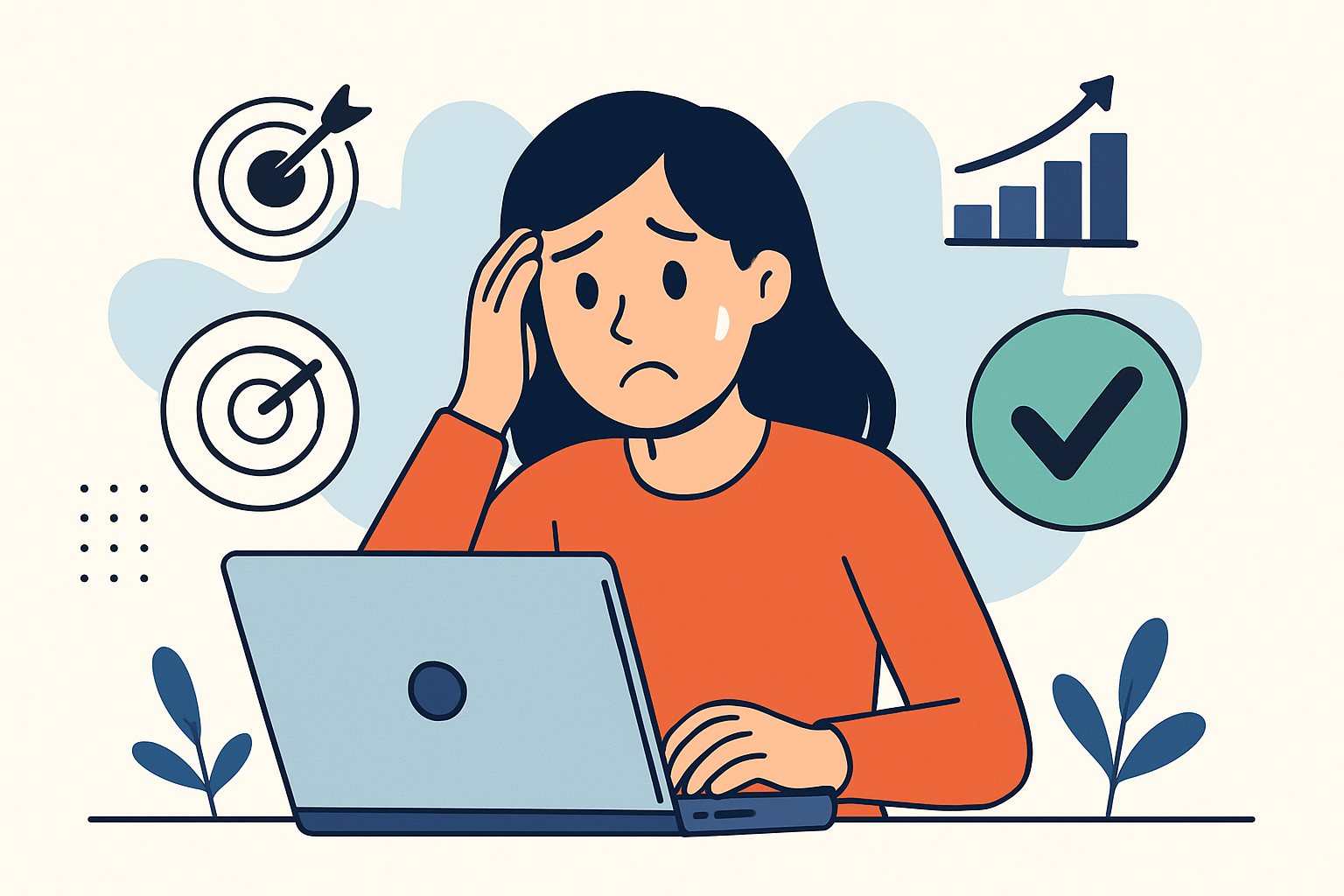
You land your first job and your manager asks you to try a new AI tool. Part of you is excited; part of you worries about mistakes, pressure, or privacy. Ahumada-Tello and colleagues looked at these everyday doubts using worker data from OECD countries to see how AI actually relates to happiness at work and to the choices people make on the job. They used survey data and factor analysis to study the links between AI use, decision-making, and well-being, finding patterns across hundreds of workers.
According to the authors, the big picture is encouraging: AI, on average, does not lower happiness. It tends to support better and faster decisions, which can feel good when your to-do list is long. In the survey, most people agreed AI improves decisions and speeds them up, showing how tools can cut busywork so you focus on real problems. Picture an intern using AI to group customer messages so the team answers faster and with fewer errors—that is the kind of help many respondents reported. The study also organized AI at work into five practical areas: worries about AI, help with decisions, general use, managing AI teams, and working directly with AI systems.
The authors dig into a surprising point: worries about AI—like job security, data, or losing control—did not automatically make people less happy. In fact, for some, noticing the risks pushed them to adapt, learn new skills, and feel more in control again. At the same time, the study highlights limits and conditions. Trust and transparency matter when algorithms are involved, and some jobs still need human empathy and flexibility that tools cannot replace. Imagine a chatbot helping with routine questions while a person handles sensitive cases; that mix fits what the researchers describe.
So what should a young worker take from this? In this study, using AI, getting help from it in decisions, and integrating it into daily tasks were all linked with higher happiness at work. The drivers behind that lift are very down-to-earth: adaptability, efficiency, a sense of mastery, leadership opportunities, and clarity about what to do next. In simple terms, learn the tools, keep your human skills sharp, and ask for clear explanations when AI is used. That way you get the speed boost without losing yourself in the process.
Referencia:
Ahumada-Tello, E., Evans, R. D., Romero-Gómez, D., López-García, J., & Castañón-Puga, M. (2023). The impact of AI on the workplace: OECD AI surveys of employers and workers. 2023 IEEE Global Conference on Artificial Intelligence and Internet of Things (GCAIoT), 121–126. https://doi.org/doi:10.1109/GCAIoT61060.2023.10385121.
Privacy Notice & Disclaimer:
This blog provides simplified educational science content, created with the assistance of both humans and AI. It may omit technical details, is provided “as is,” and does not collect personal data beyond basic anonymous analytics. For full details, please see our Privacy Notice and Disclaimer. Read About This Blog & Attribution Note for AI-Generated Content to know more about this blog project.